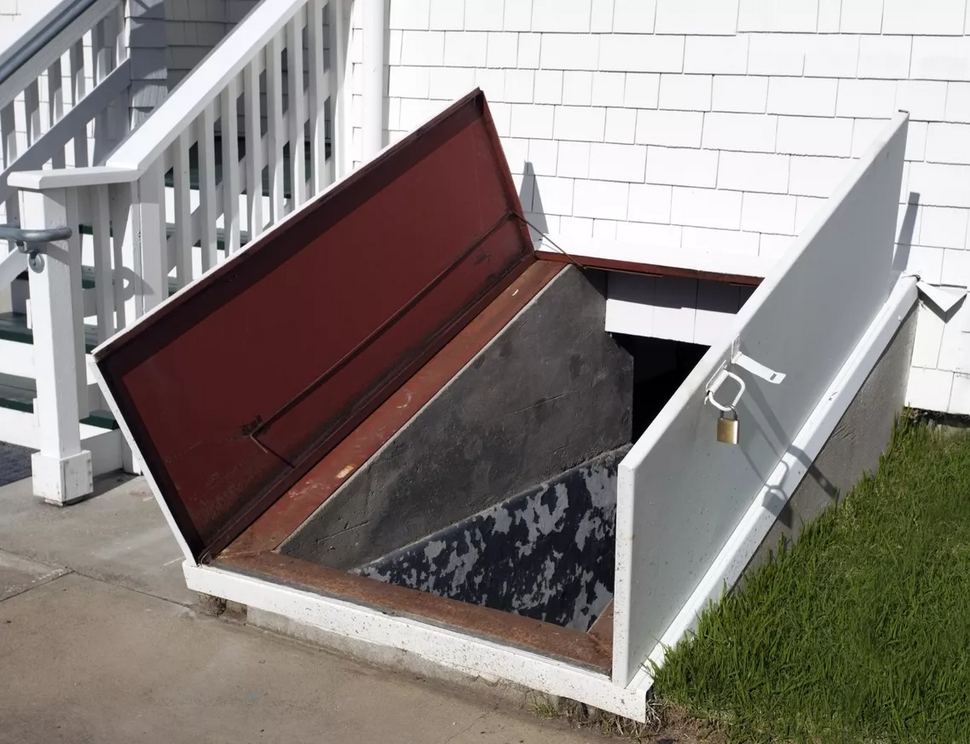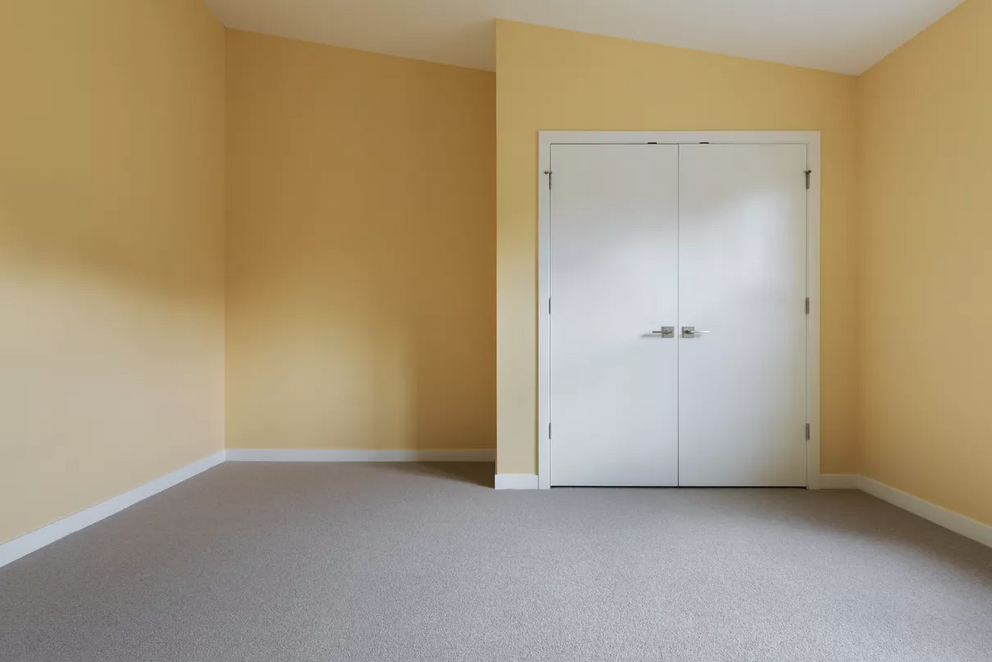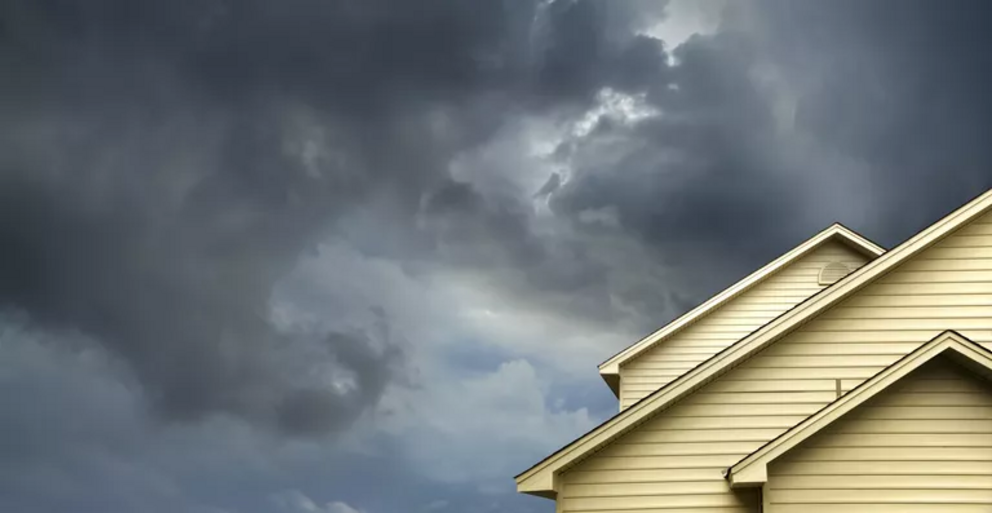A comprehensive guide to safe storm shelters
These at-home shelters fit a range of home types and severe storm situations
If severe storms rolled through your neighborhood right now, would you know where to take shelter? If you're thinking "indoors," you're off to a good start. But where you choose to shelter from an approaching thunderstorm, tornado, or hurricane (tropical cyclone) is key, since there are some spaces that are scientifically safer than others.
7 Safety Locations to Use During Storms
According to the National Weather Service (NWS), other than underground shelters, no place is 100% storm-safe. That said, the more walls you can put between you and the natural disaster outside your door, the farther away from windows and doors you can get, and the lower to ground level you can get, the safer you'll generally be. Here are some of the safest places in and around your home that check off all those boxes.
1. Basements
[image id=null]
Basements are one of the safest places to be during tornadoes. They also make decent hurricane hideaways, as long as the flood risk is low. Not only does a basement's concrete slab, cinderblock, or rock walls typically withstand strong winds, but its underground location puts you out of harm's way entirely, since the stormy weather will be occurring overhead.
Once you're in the basement, these tips will boost your safety:
- If your basement is only partly underground or has windows or doors, stay as far away from these as possible.
- Avoid sheltering in spots where heavy objects lie on the floor above.
- Use pillows, blankets, mattresses, and a sports or safety helmet to shield your body and head from flying debris and falling debris (in the event that your home's upper levels collapse). While little to no research exists on the effectiveness of helmets in preventing head trauma during tornadoes, according to the University of Alabama at Birmingham's Injury Control Research Center, nearly half of all tornado-related fatalities result from head injuries.
2. Storm Cellars

Like basements, a storm cellar's underground location makes it a good safe haven from a tornado's winds and airborne debris. (Due to the possible flood risk and the single exit/entry, they're not suggested for hurricanes.) The biggest difference is its entryway is located outside of the home, albeit only a few steps away. There is a benefit to this, though: There's less of a risk of getting trapped inside if your house were to collapse during the storm. Should debris pile on top of the cellar's steel door, its slanted design means you won't need to apply as much force to clear a path out.
When sheltering in a storm cellar:
- Head to the cellar when a tornado watch is issued — you'll have extra time to reach it before the storm arrives.
- Make sure the door is securely closed behind you and is bolted shut.
3. "Safe Rooms"

Although safe rooms sit above ground (they can stand alone in a backyard or be retrofitted into a garage), their steel paneling or steel-reinforced concrete walls make them the next best thing to being underground. In fact, residential safe rooms are built to the standards of the Federal Emergency Management Agency and the International Code Council, which means they're designed to withstand windspeeds of 250 miles per hour, and debris impacts from a 15-pound 2x4 travelling at 100 mph.
Another perk of these above-ground tornado and hurricane shelters is that they're more accessible for the elderly, the disabled, and pets, too.
When sheltering in a safe room:
- Head to the safe room when a tornado watch is issued — you'll have extra time to reach it before the storm arrives.
- Make sure the door is securely closed behind you and is bolted shut.
4. Interior Rooms

Not every home is outfitted with a basement, cellar, or safe room, but most do have at least one interior room — that is, a room with no windows, no outside access (no balcony, patio, or exterior door), and no exterior-facing walls. You'll find that rooms near the center of your house best meet these requirements.
Interior rooms are good safe havens during thunderstorms, tornadoes, and hurricanes.
When sheltering in an interior ground-floor room:
- Shut the door behind you.
- Avoid sheltering in spots where heavy objects lie on the floor above.
- Sit or crouch as low as possible to the floor. Ideally, you should "duck and cover": Crouch as low as possible to the floor, facing down; then interlace your fingers and place them behind your head and neck.
- Use pillows, blankets, mattresses, and a sports or safety helmet to shield your head and body from flying and falling debris.
5. Interior Closets

If you don't have an interior bedroom or office where you can seek refuge from thunderstorms, tornadoes, or hurricanes, an interior clothes or linen closet works just as well.
When sheltering in an interior ground-floor closet:
- Shut the closet door behind you.
- Avoid sheltering in spots where heavy objects lie on the floor above.
- Sit or crouch as low as possible to the floor (duck and cover).
- Use pillows, blankets, mattresses, and a sports or safety helmet to shield your head and body from flying and falling debris.
6. Interior Hallways

Because they often run through the centermost part of homes and other buildings, interior hallways are also safer places to shelter from tornadoes and hurricanes.
When sheltering in an interior ground-floor hallway:
- Shut all doors that line the hall's length.
- Avoid sheltering in spots where heavy objects lie on the floor above.
- Sit or crouch as low as possible to the floor (duck-and-cover).
- Use pillows, blankets, mattresses, and a sports or safety helmet to shield your head and body from flying and falling debris.
7. Staircase Nooks

Got stairs? The area underneath a staircase — on the ground floor and away from exterior-facing walls and windows, of course — can double as a shelter in a pinch. Stairs are designed to carry a minimum load of 40 pounds per square foot, says the 2018 International Residential Code, which means stairs will offer protection in the event of falling debris or collapsing upper floors.
Closets and half-baths located underneath stairs are equally as adequate.
When sheltering under an interior set of stairs:
- Avoid sheltering in spots where heavy objects lie on the floor above.
- Sit or crouch as low as possible to the floor (duck-and-cover).
- Use pillows, blankets, mattresses, and a sports or safety helmet to shield your head and body from flying and falling debris.
Other Living Situations
Finding your best safe place largely depends on your living situation. Residents in temporary housing, such as apartments, dorms, and mobile homes, may have to get more creative with their shelter options.
Apartments
Apartment dwellers who live on upper floors should make plans to shelter with a neighbor who lives on the ground floor. It's also a good idea to check with housing management to see if a designated storm shelter area exists on the premises.
Once you evacuate to a ground-level location, shelter in an interior room, hallway, or closet. According to NOAA, interior, windowless bathrooms and laundry rooms can also provide adequate shelter from tornadoes, since the plumbing and ductwork associated with these rooms may somewhat strengthen the structural integrity of the surrounding walls.
Mobile Homes and Tiny Homes
Because mobile homes, trailers, and tiny homes aren't anchored to a foundation, severe storm winds can easily lift them airborne. This, as meteorologist and structural engineer Timothy Marshall explains it, can cause a tornado to move homes a distance of several hundred feet, and allow a weak EF1 storm to cause the same amount of damage as an EF5. In short, foundationless abodes are some of the worst places to be during tornadoes and tropical cyclones. If you live in one, evacuate to a community storm shelter or to a friend or family member's home as soon as a tornado or tropical storm watch is issued.
Housing Insecurity
People who are "housing insecure," or lack a permanent shelter, should either take advantage of designated shelters in places like churches, schools, and malls, or shelter with a friend or family member who lives in a sturdy, permanent structure.
If you have no other option except to shelter in the open outdoors, NWS recommends getting as far away from trees and cars as you can, finding a low-lying area (such as a ditch or ravine), and lying face-down with your head covered.
No matter where you live or shelter, be sure to carry a weather radio so you'll always be in-the-know about the latest weather hazards (and when they're expected to end).

